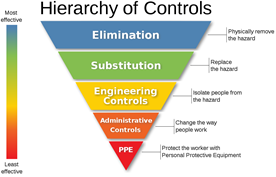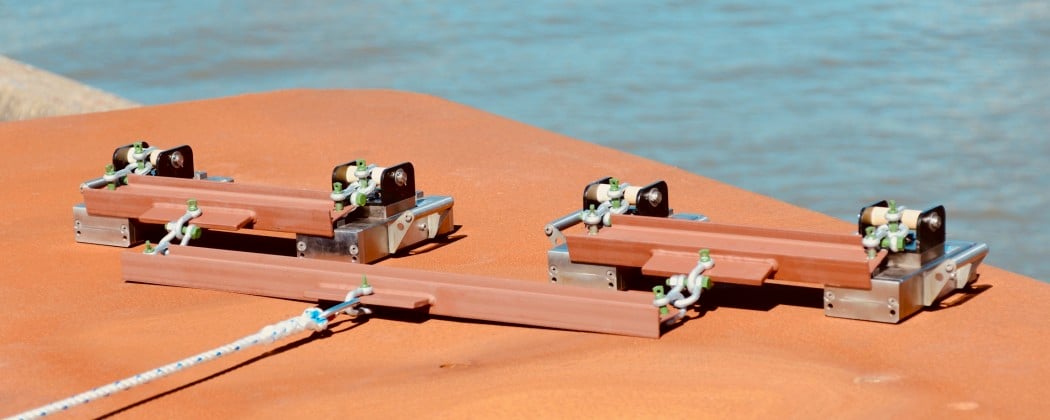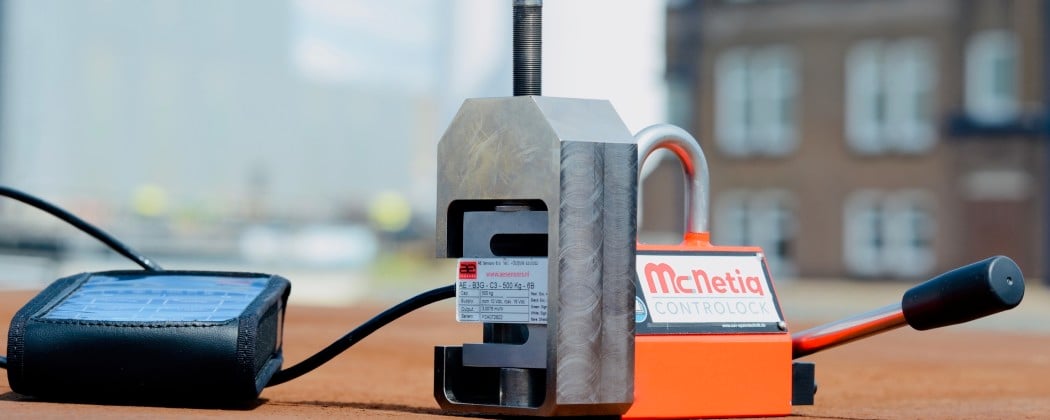Fall Restraint or Fall Arrest?
Knowing the difference between fall arrest and fall restraint can be very beneficial to individuals and businesses.
In the last period, we received at McNetiq many requests for fall protection solutions. That is because we supply magnetic solutions, with a unique (patented) ability to measure forces at the location of use.
We realized that when our clients understand both systems’ concepts, that can make a huge difference for their business. Both methods are essential to prevent accidents, yet the forces and extensiveness of processes vary a lot. Understanding this difference can make it much easier to implement and safer to work. Furthermore, it can significantly save costs.
This article is explaining the following
- Fall Protection: it is serious
- Breaking a fall vs. Isolating people from the hazard
- Fall Arrest system
- Fall Restraint system
- Which system to choose?
- When to use the magnetic alternatives
- Conclusion
Fall Protection: it is serious
International Labour Organization estimated that globally 340 million occupational accidents take place. 2.3 million women and men around the world succumb to work-related deaths every year, or over 6,000 deaths every single day. And falls are the most significant cause of workplace deaths with more than 27% of all fatalities.
Most countries have legislation to prevent fall accidents. Europe EN- and labor-norms, for example, typically mandate fall protection when working at heights above 2.5 meters. USA’s OHSA has a variety of limits ranging from 4 to 8 feet, depending on circumstances. Any prevention from falling is typically associated with harnesses and lanyard with shock absorbers, activated if a fall occurs.
Breaking a fall vs. Isolating people from the hazard
Understanding the Hierarchy of Controls in safety is the way to protect your team and then decide on the most suitable protection system.

Any system needs to be a combination of roles & responsibilities, training, equipment, as well as a correct safety-first mindset.
Fall Protection can be broken down into
a) Fall Arrest, which stops a worker in the process of a fall
b) Fall Restraint, which prevents a worker from reaching an edge.
Fall Arrest system
A fall arrest system typically consists of :
- Four anchor points to connect to.
- Beams to connect the magnets and the safety lanyard.
- A safety lanyard with a cushioning effect or a self-retracting lifeline.
- A harness.
The forces generated by an accelerating falling worker need to be stopped as quickly as possible. An abrupt stop of a too-long fall can even result in excessive g-forces that can leave the worker unconscious. Another key requirement for a Fall Arrest system is the need to define a rescue procedure. In most cases, special rescue equipment needs to be available. Workers need to be trained to execute this rescue operation and require regular training.
Fall Restraint system
To keep workers from getting too close to a fall hazard, Fall Restraints can be used. Basically, a leash will keep the worker within a safe distance from an edge.
A guide rail or cable can be installed, allowing workers to walk around freely in the safe zone without being worried about reaching a possible drop. The requirements to anchor points for Fall Restraint are typically less stringent compared to Fall Arrest systems. The potential massive forces that are generated by a free fall do not apply to a Fall Restraint. As always, the correct use of the safety system is critical to avoid a false sense of security.
Which system to choose?
When considering fall protection, it is critical to consider if you could apply a Fall Restraint instead of a Fall Arrest System. Fall Restraint is easier to install than Fall Arrest. It also avoids the cumbersome rescue processes and reduces the worker’s mental stress.
However, for many instances, like ascending or descending ladders or working on narrow edges, the Fall Arrest is the go-to system. A thorough review of your local requirements is critical before selecting your system.
When to use the magnetic alternatives
McNetiq has developed several magnetic solutions for anchor points where permanent fixtures cannot be applied. The solutions are based on Controlock® technology with the ability to test the capacity of the magnets on-site. Another reason to use the magnetic solution can be that welders might not be available. Furthermore, the annual certification of permanent connection points might not be feasible, or permission to fix and remove welded or mechanical connection points might not be practical.
To conclude
It is essential to know the difference between fall arrest and fall restraint. That will make it easier to choose the best suitable system for the type of work you do. When the purpose is to prevent the fall or to get close to the edge, then fall restraint is the ideal system. However, when the aim is to protect the worker while operating on ascending or descending ladders or working on narrow edges, then the answer is fall arrest. An important point to consider is the type of anchor points you need to implement. Sometimes, installing a permanent fall protection system is not possible. Therefore, magnetic anchor points can be the best solution to ensure workplace safety.
To know more
Please call us on +31 (0)85 130 45 66
Email us info@mcnetiq.nl
Or fill in the form below




